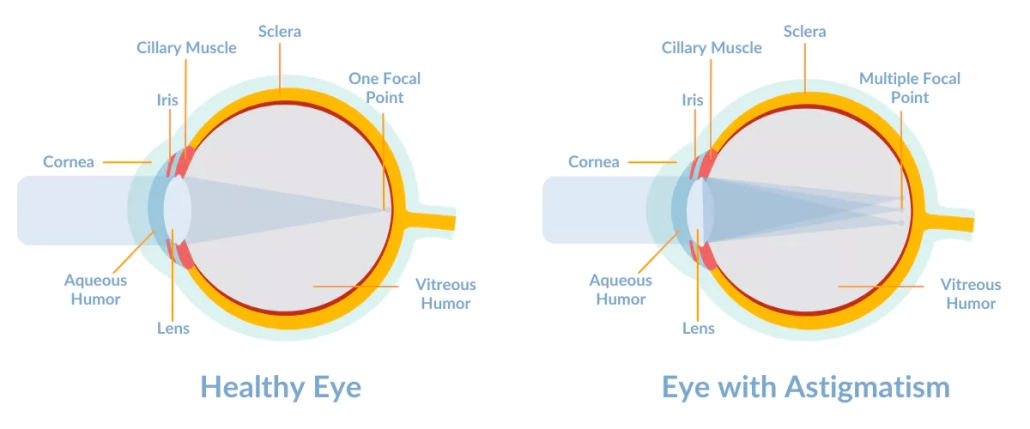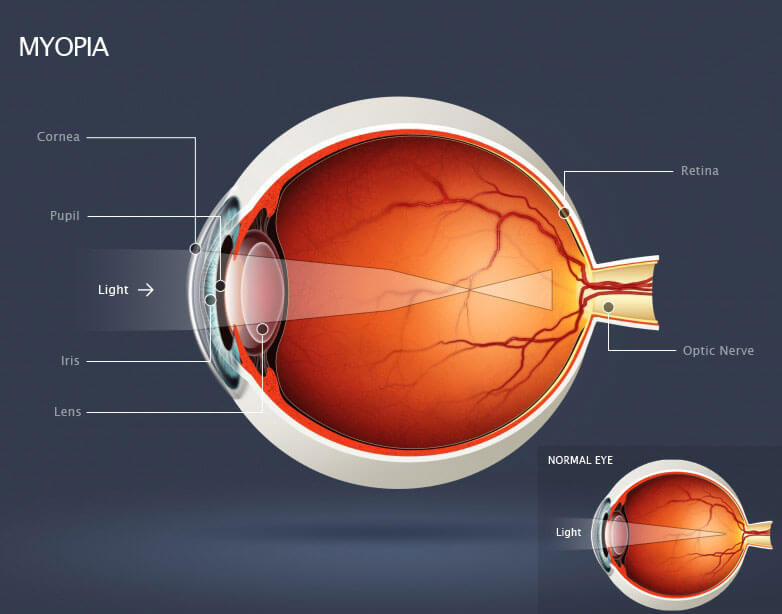Are you tired of wearing glasses or dealing with contact lenses? LASIK surgery can be a life-changing solution for vision correction. However, selecting the right LASIK surgeon is essential to ensure a successful outcome. To make an informed decision, it’s crucial to ask your LASIK surgeon some key questions. In this blog post, we’ll guide you through the important queries that can help you gain confidence and peace of mind before undergoing LASIK surgery.
1. What is your experience and qualifications?
Choosing an experienced LASIK surgeon is vital for your peace of mind. Ask about their educational background, certifications, and the number of LASIK procedures they have performed. Remember, experience matters!
2. What technology do you use?
The advancements in LASIK technology have revolutionized the field of vision correction. Inquire about the equipment and technology used by the surgeon. Look for modern tools like bladeless LASIK or wavefront-guided LASIK, which can enhance precision and reduce the risk of complications.
3. Can you explain the LASIK procedure in simple terms?
Understanding the LASIK procedure is important to alleviate any fears or concerns. A knowledgeable surgeon will explain the process in a simple and comprehensive manner, addressing your questions about pre-operative preparations, the surgery itself, and the recovery process.
4. What are the potential risks and complications?
Although LASIK is generally safe, it’s essential to be aware of potential risks and complications. Ask your surgeon about the possible side effects, such as dry eyes, glare, or halos, and how they manage and minimize these risks. A transparent discussion will help you make an informed decision.
5. Are there any specific pre-operative requirements?
Prepare yourself for the LASIK surgery journey by asking about any specific pre-operative requirements. This may include avoiding contact lenses for a certain period, abstaining from specific medications, or any other preparations necessary for a successful procedure.
6. What results can I expect?
While LASIK offers excellent outcomes for many patients, it’s important to have realistic expectations. Your surgeon should explain the potential visual improvements you can anticipate after the surgery, based on your specific circumstances. Remember, everyone’s experience may vary.
7. What is the success rate of your patients?
Inquire about the success rate of the surgeon’s previous patients. A skilled LASIK surgeon will gladly provide statistics or testimonials from satisfied patients. This information will give you an idea of the surgeon’s track record and the likelihood of achieving your desired results.
8. What is the post-operative care process?
Post-operative care plays a vital role in ensuring a smooth recovery. Ask about the follow-up appointments, medications, and any precautions you need to take during the healing process. Understanding the aftercare instructions will contribute to a successful outcome.
9. What are the payment options and financing plans available?
Discuss the cost of LASIK surgery with your surgeon. Inquire about the payment options, insurance coverage, and financing plans available. Knowing the financial aspects will help you plan accordingly and make the necessary arrangements.
10. Can you provide references or testimonials?
Requesting references or testimonials from previous LASIK patients can provide valuable insights into the surgeon’s reputation and patient satisfaction. Hearing about others’ experiences can give you additional confidence in your decision.
In Cluclusion
Selecting the right LASIK surgeon is crucial for a successful outcome. By asking these key questions and getting satisfactory answers, you’ll be well-equipped to make an informed decision. Remember, it’s your vision, and you deserve the best care possible.
Take the first step towards a clearer future by consulting with experienced LASIK surgeons who prioritize patient satisfaction and use cutting-edge technology. Don’t let glasses or contacts hold you back any longer. Experience the freedom and convenience that LASIK surgery can provide.


